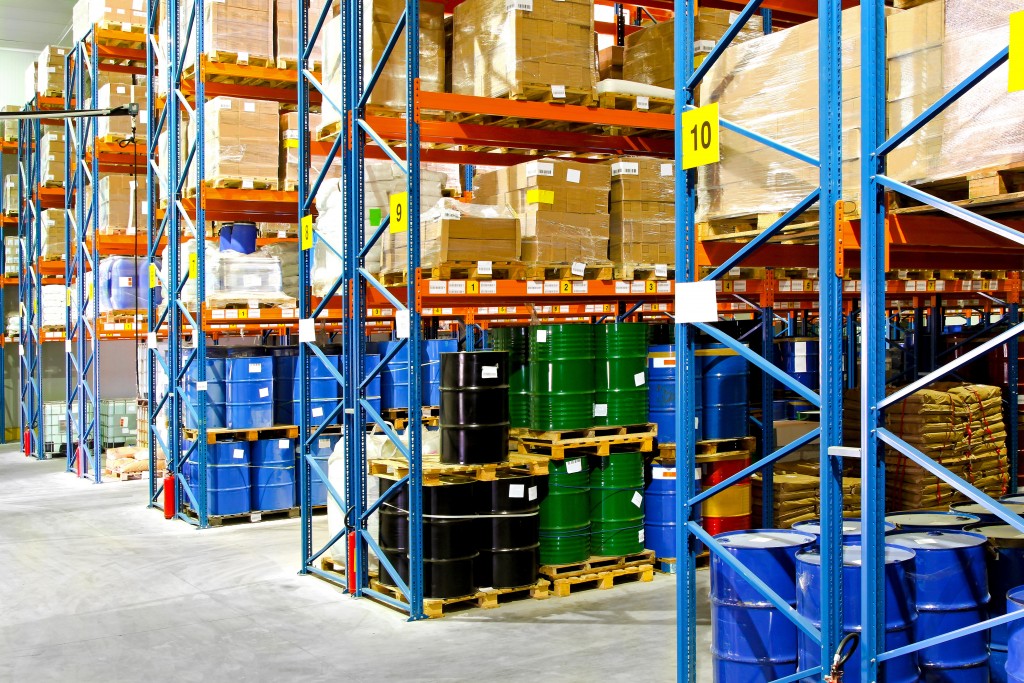Shelf life matters to every business owner, especially start-up companies who cannot afford to lose products over the mishandling of goods. There are numerous advantages to extending or even improving product shelf-life. In the food and restaurant industry, shelf-life determines the quality of the food, so most of their raw materials to make food are consumed in months or even years before their expiration date.
Consumers today prefer to purchase high-quality ingredients that take a long time to spoil. The longest-lasting products usually come in a can. Or these food items might come in the form of fresh meat and vegetables. But even the most resilient vegetable, meat, or canned good can expire well before their shelf-life if mishandled, so how exactly can you prevent that from happening?
Drying Aging
Drying or dry-aging is an ancient and effective method of preserving your meat products. By removing the moisture from your meat products, this effectively extends its shelf life. This process eliminates bacteria and causes the beef’s flavor to become more flavorful than its non-dry-aged counterpart. Dry-aged meat is also highly prized and sought after by customers.
Freezing Your Food Items
One of the easiest and most common methods of increasing almost every food item’s shelf-life is merely placing it in the freezer. Freezing extends shelf-life because it stops bacteria and other micro-organisms from forming and can kill bacteria all together if frozen below -18 degrees Celsius. Freezing also slows down cell degradation and prevent molds from forming on your meat and vegetables.
Control Product Atmosphere with Proper Storage Units
When you’re storing goods and raw materials, you’re essentially storing them for long periods of time, which means that they’ll also need storage tanks and facilities that also have a good amount of lifespan. However, storage tanks, gas tanks, and other storage facilities are prone to rust and leaks if they’re left under harsh weather conditions such as storms and strong winds. Fortunately, industrial tank painting is known for extending these storage tanks’ lifespan by protecting much of the body from the natural elements. Having the proper storage units can also ensure that most of these products can goods can withstand the rigors of delivery and travel.

Chemicals to Extend Shelf-Life
Food-chemicals such as antioxidants and oxygen absorbers are used to extend the food’s shelf-life. However, keep in mind that companies will never use chemicals directly on their products but instead combine the substances with other methods to prevent the quality from going down. Different companies employ different techniques, one being small pouches of oxygen absorbers to prevent food from spoiling.
Food-Stuff Irradiation
Food irradiation might sound scary, unsafe, and complicated, but it couldn’t be simpler. The food irradiation method includes exposing the food items and their containers to the ionizing radiation.
This process of extending shelf-life is an effective way to destroy bacteria and other microorganisms that cause food to spoil or develop molds that can cause your customers to get sick.
This process has been used for years and is probably the most effective and safest method on this list. The ionizing radiation improves the safety of products and extends the life of food-items such as canned foods, milk, meat, and vegetables.
Hot-Filling
It’s no secret that heating your products can be destroyed by heat, but how exactly do you do this without cooking your products. The best method that most companies use is called “hot-filling.” Hot-filling is the process where a food product is heated up to a temperature of 90 degrees Celsius and then placing the foodstuff in jars or bottles. The heat causes microorganisms and bacteria to die and prevents it from forming back in the container. This process is commonly used on juices and nectar.
Proper Packaging
Properly packaging your products can help protect your food items from various outside elements, mainly from bacteria and microorganisms that can cause your food items to spoil. There are many packaging techniques to use, such as vacuum packaging, modified atmosphere packaging, etc. that can extend shelf-life.
Extending the shelf-life of your food items is an essential part of being in the food-industry both economically and the health of your customers. Another factor to consider is gaining a deeper understanding of your supply chain and supply usage to estimate your products’ longevity correctly.
One way you can evaluate your restaurant’s profitability is to consider the wasted rotten foodstuff. The general rule of thumb is less waste, the better it is for your restaurant to thrive. That’s why it must be every restaurant owner’s responsibility and priority to waste as few products as possible.

